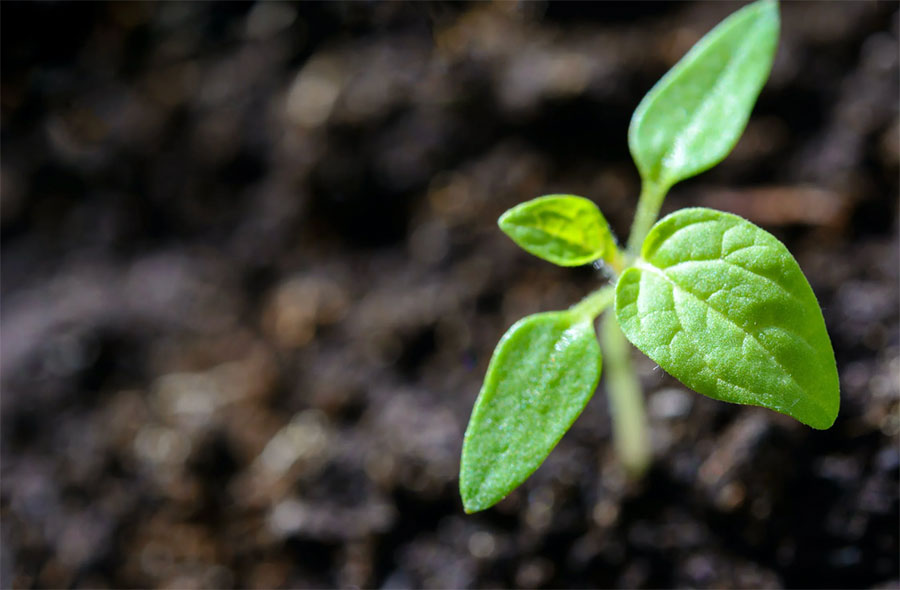GUELPH – Death is not something people like to think about, let alone plan for.
Jeff Robinson, funeral director and owner of Passages Eco Conscious Cremation and Burial Inc., said it may be a difficult conversation to have, but it’s certainly beneficial to plan earlier than later.
“One of the primary benefits of pre-arranging is not putting that burden on the children,” Robinson said.
As more Canadians consider their environmental footprint, it’s only natural that they apply those considerations to their final arrangements.
Natural burial, also known as a green burial, is an environmentally friendly alternative to cremation. It involves returning the body to the Earth with minimal impact.
The practice dates back thousands of years and is gaining popularity in Ontario as more families learn about the options available to them.
For a natural burial:
– the body is not embalmed;
– the body is placed in a natural, biodegradable casket or shroud;
– the casket or shroud is placed directly into the earth without a concrete liner or vault;
– the site is left to its natural state versus being landscaped.
“The embalming process uses a lot of very harsh chemicals to temporarily preserve the deceased for public viewing or visitation with standard preparations,” Robinson said.
While there can be mitigating circumstances that make embalming necessary, often it can be avoided.
“Frankly, it’s a very invasive process as well,” Robinson added. “That’s really the primary benefit from an environmental standpoint – that all of those chemicals aren’t leaching into the ground afterwards.
“The second part is that we don’t use very heavily lacquered, ornamental caskets with a lot of metals, resins or paints.”
Beyond the environmental aspect, Robinson says cost is a reflection of the services provided to the family, the casket being only one of them.
“Many of the service fees come from the funeral establishment in the form of the viewing, the visitation and whether there’s a service at a church or in a chapel,” he said.
“Those are kind of consistent. I would say where cost becomes a larger differentiator is the distinction between burial or cremation.”
That distinction typically comes down to the hard cost of cemetery property. Purchasing a full-sized plot in a cemetery can be quite expensive compared to cremation. Certainly the size of the plot is much smaller, so the cost is reduced.
“The other thing we’ve been noticing is that families are keeping cremated remains of their loved ones at home. A lot of people aren’t aware that scattering ashes in Ontario is perfectly legal on crown land and on private property with the owner’s permission.”
There are varying “shades of green” when it comes to natural burials. For purists, a natural burial would not involve marking the grave with a headstone, and would either use geocaching of the location or some form of natural marker.
Often existing cemeteries will have a section designated for green burial and in those cases, a headstone would be used.
Robinson explained “a completely natural, green burial allows the grounds to regrow to their natural environment and lets the natural flora and fauna takeover without the manicured grooming that a lot of cemeteries have.
“As far as I’m aware, currently there are only two or three completely natural cemeteries in Ontario,” Robinson added.
With a green burial, it’s about keeping things simple. A simple casket. No embalming. Natural landscape.
That said, it doesn’t negate the importance of closure, ceremony or ritual.
There are elements of observance that are important for acknowledging the passing of loved ones, as everyone deals with grief in different ways.




